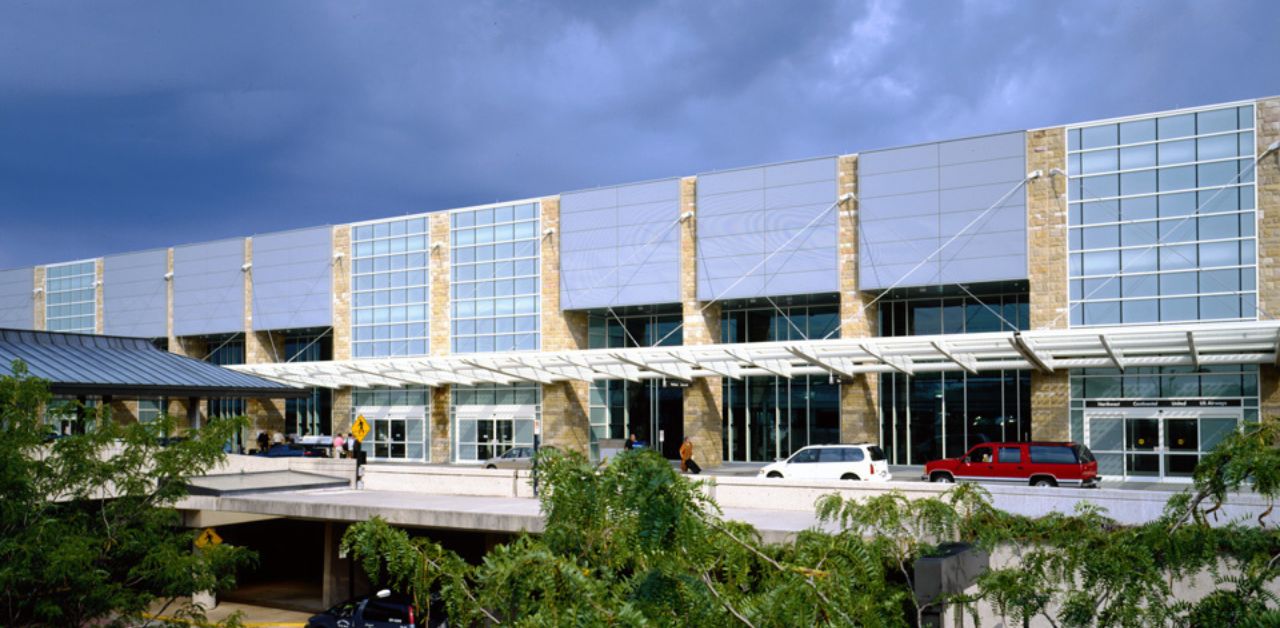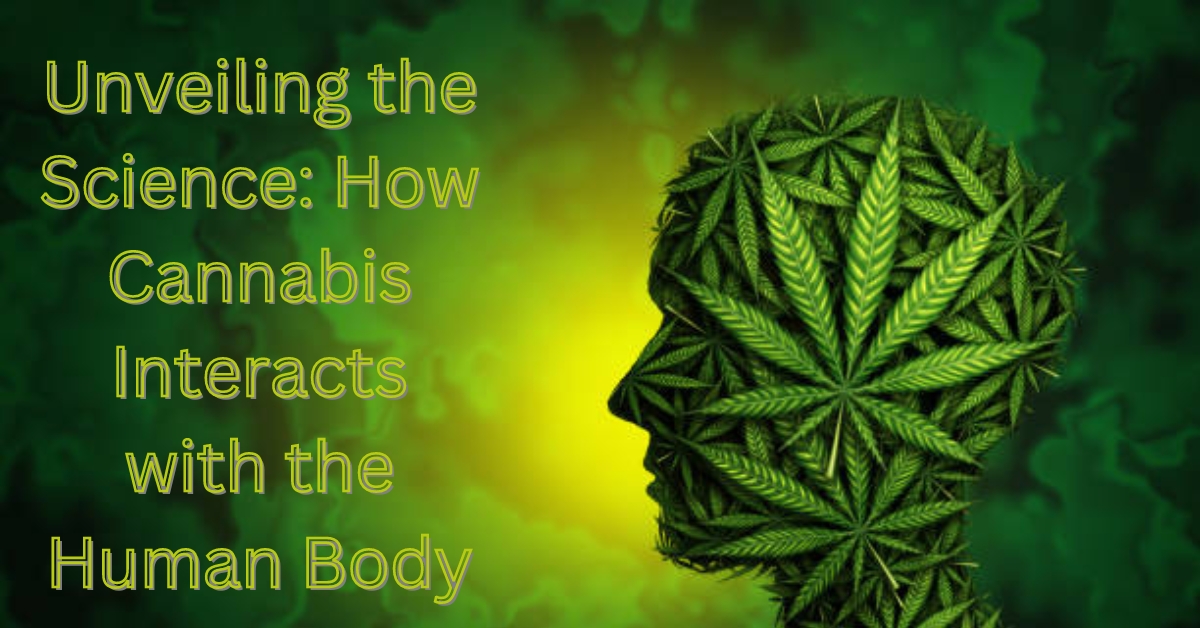Cannabis has long intrigued both the scientific community and the general public due to its complex interaction with the human body. This fascination stems from the myriad of effects it can induce, ranging from altered perception and mood changes to potential therapeutic benefits for various medical conditions. Understanding the mechanisms behind how cannabis exerts its effects requires a deep dive into the realms of pharmacology and neuroscience.
For those seeking a seamless experience in obtaining cannabis for either medicinal or recreational use, services specializing in convenient weed delivery have become increasingly popular, especially in regions where it is legally permitted. These services ensure that individuals can access cannabis products safely and efficiently, aligning with the modern need for convenience and accessibility.
But before that, let’s explore how cannabis interacts with the human body.
The Endocannabinoid System: The Foundation of Interaction
The endocannabinoid system (ECS) serves as the pivotal mechanism through which cannabis exerts its effects on the human body. Comprising an intricate array of receptors, naturally produced cannabinoids (endocannabinoids), and enzymes, the ECS orchestrates a delicate balance across numerous physiological functions. Its primary role is maintaining homeostasis, ensuring stable internal conditions despite external changes.
By modulating key processes like mood regulation, appetite control, pain perception, and memory formation, the ECS is fundamental in the body’s response to cannabis and the overall maintenance of health and well-being.
Phytocannabinoids: Cannabis’s Active Compounds
Cannabis is rich in phytocannabinoids, unique compounds that interact with the human body’s endocannabinoid system, producing various effects. Among these, THC and CBD stand out due to their prominent roles and extensive research. THC is known for its psychoactive properties, engaging with CB1 receptors in the brain to alter mood, perception, and cognitive functions, leading to the “high” associated with cannabis.
Conversely, CBD lacks these psychoactive effects and is valued for its potential health benefits. It is believed to work indirectly with the endocannabinoid system, offering anti-inflammatory and anxiolytic benefits, making it a compound of interest for therapeutic applications without the intoxicating effects of THC.
Receptor Interaction and Effects
The endocannabinoid system (ECS) is integral to how cannabis interacts with the human body, primarily through two types of receptors: CB1 and CB2. CB1 receptors are mainly located in the brain and the central nervous system, playing a significant role in the psychoactive effects of cannabis. When THC binds to CB1 receptors, it triggers the euphoric and mind-altering experiences associated with cannabis use.
On the other hand, CBD interacts with the ECS more subtly, influencing other cannabinoids’ effects and possibly the ECS’s functionality. This indirect interaction allows CBD to confer benefits without the psychoactive effects, making it a subject of interest for its potential therapeutic properties.
Therapeutic Potential and Medical Use
The therapeutic potential of cannabis is garnering increasing interest in the medical community due to its diverse effects on the ECS and its ability to modulate various physiological processes. Studies have shown promise in using cannabis to treat chronic pain, epilepsy, multiple sclerosis, and certain mental health disorders, including anxiety and depression. The efficacy of cannabis in these areas suggests its potential as a multifaceted therapeutic agent.
However, the complexity of its interactions with the ECS and the varied effects of its numerous cannabinoids necessitates extensive research to optimize its medical applications and ensure safe and effective use in treatment protocols.
Risks and Considerations
Despite the therapeutic potential of cannabis, it’s essential to weigh the associated risks and considerations. Cognitive impairments are a concern, particularly with prolonged or heavy use, which may affect memory, attention, and decision-making. The risk of dependence and the potential for varied individual reactions also underscores the need for caution.
Additionally, the legal landscape surrounding cannabis use is complex and varies significantly across different regions, further complicating its study and application. Understanding these risks and navigating the legalities are crucial steps in ensuring the responsible use and study of cannabis in both medical and recreational contexts.
The Future of Cannabis Research
The ongoing legalization of cannabis in many parts of the world has opened the doors to more comprehensive research efforts. Scientists are now better equipped to explore the intricacies of how cannabis interacts with the human body, promising to unveil deeper insights into the ECS and the potential medical applications of cannabis. This research is not only crucial for understanding the risks and benefits of cannabis use but also for developing more targeted and effective cannabinoid-based therapies.
Wrapping Up
The interaction between cannabis and the human body is a fascinating subject that bridges the gap between traditional herbal medicine and modern scientific inquiry. Through the lens of the endocannabinoid system, researchers are beginning to understand how cannabis exerts its varied effects, offering hope for new therapeutic options while also highlighting the need for cautious and informed use. As the scientific community delves deeper into this complex relationship, the promise of cannabis continues to grow, heralding a future where its full potential can be realized in a safe and regulated manner.


































































